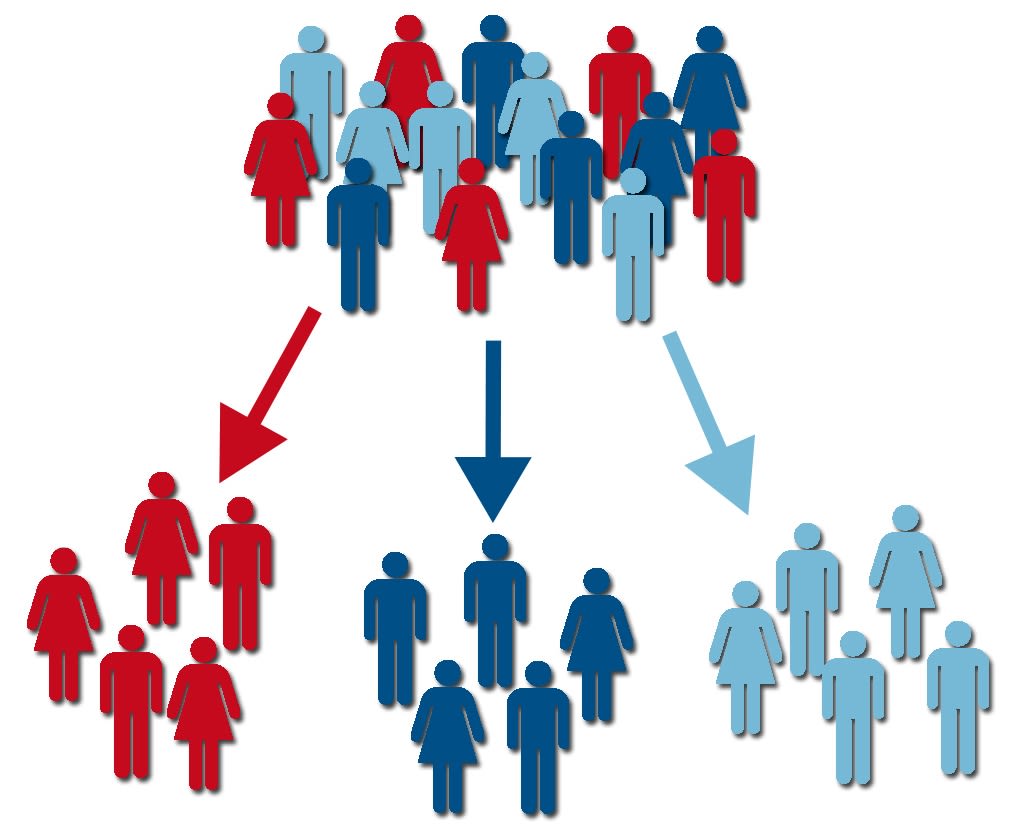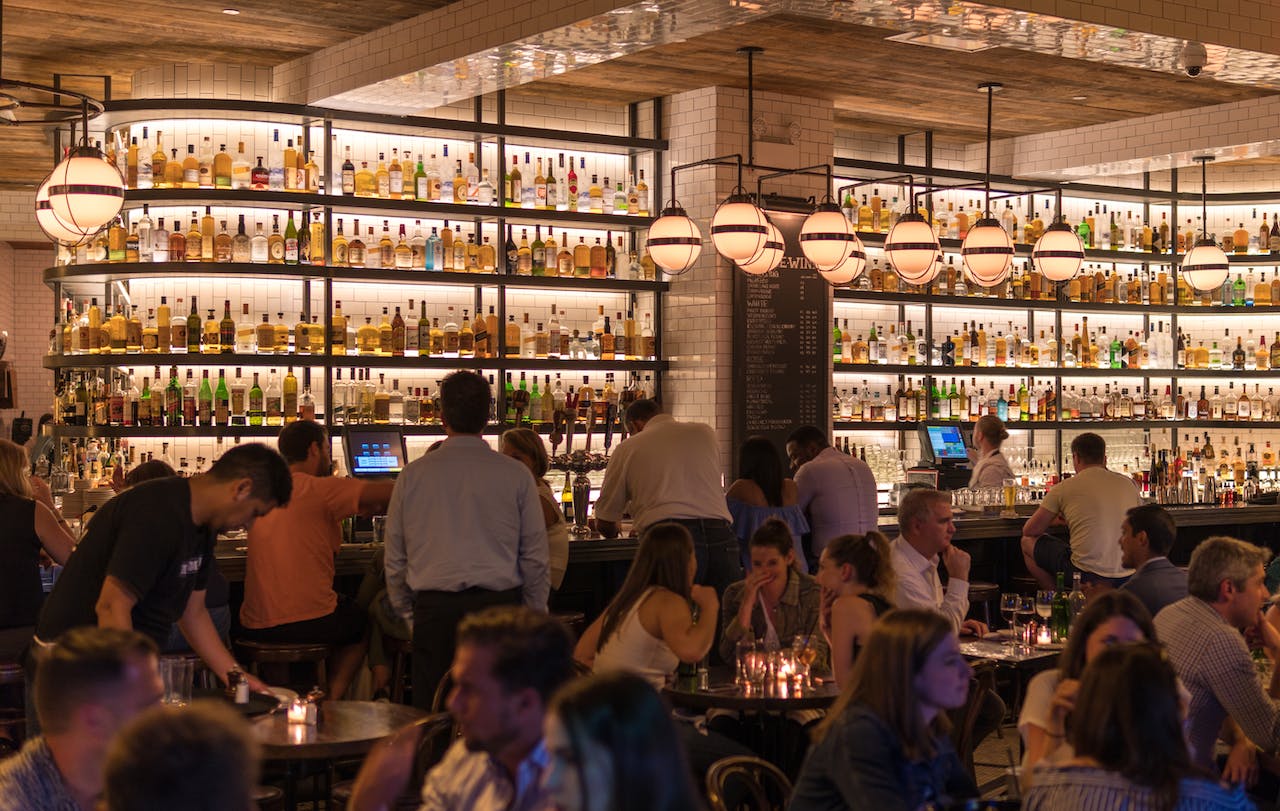In the digital age, where personalized marketing reigns supreme, the importance of effectively segmenting an email list cannot be overstated, especially in the restaurant industry.
Tailoring your messages to resonate with different segments of your audience is crucial in today’s digital age.
This article looks into the best practices for segmenting a restaurant’s email list, ensuring that each campaign is not just a shot in the dark, but a strategic move towards deeper customer engagement and business growth.
Understanding the Basics of Email List Segmentation
Email list segmentation involves dividing your restaurant’s email subscribers into smaller, more focused groups based on specific criteria.
This targeted approach allows for more personalized and relevant restaurant email marketing. Research shows that marketers who use segmented campaigns see as much as a 760% increase in revenue, highlighting the significant impact of this strategy.
Why Segment Your Email List?
The primary goal of email list segmentation is sending the right message to the right person at the right time.
This strategy increases the chances of your emails being opened, read, and acted upon. For restaurants, this could mean anything from a higher rate of reservations to an increase in event participation or more engagement with special promotions.

Strategies for Segmenting Your Restaurant’s Email List
1. Demographic Segmentation
This is one of the most straightforward ways to segment your list. It involves categorizing your audience based on demographic factors like age, gender, income level, or occupation.
For instance, a restaurant might send different promotional emails to college students than to retirees, acknowledging their distinct dining preferences and spending habits.
2. Geographic Segmentation
Tailoring your email content based on the geographical location of your customers can significantly enhance the relevance of your communication.
For example, a restaurant with multiple locations might send location-specific promotions or updates about local events to subscribers in that area.
3. Behavioral Segmentation
Behavioral segmentation involves categorizing customers based on their interactions with your restaurant. This can include visit frequency, average spending, menu preferences, and past responses to email campaigns.
Using this data, you can create targeted offers that resonate with each customer’s unique dining history and preferences.
4. Psychographic Segmentation
This form of segmentation delves deeper into the psychological aspects of your customers, such as lifestyle, values, interests, and attitudes.
Understanding these elements can help tailor your messaging to align with the specific values or interests of different segments of your audience.

Implementing Email List Segmentation in Your Restaurant
Collecting the Right Data
The foundation of effective segmentation is collecting relevant customer data.
Ensure that your restaurant’s email signup forms are designed to capture essential information. This might include basic demographic details or preferences like favorite cuisine or dietary restrictions.
Utilizing Email Marketing Software
Most email marketing software offers tools for segmentation.
These platforms allow you to create different lists or tags based on the criteria you set, making the process of sending targeted campaigns more manageable and efficient.
Regularly Updating Your Segments
Customer preferences and behaviors can change over time. Regularly review and update your segments to ensure they remain relevant and effective.
This might involve reassessing your segmentation criteria or conducting surveys to gather updated customer information.

Crafting Targeted Email Campaigns for Each Segment
Once you have your segments defined, the next step is crafting email content that appeals to each group. This could range from personalized birthday offers to loyalty program updates or information about new menu items that align with specific dietary preferences.
Testing and Refining Your Approach
Implement A/B testing to understand what works best for each segment.
Test different subject lines, email designs, and calls to action to see which versions yield the best open and click-through rates. Use these insights to continually refine your segmentation strategy and email content.
Measuring the Success of Segmented Email Campaigns
It is vital to track key metrics such as open rates, click-through rates, conversion rates, and overall engagement for each segmented campaign.
Analyzing these metrics will give you a clear understanding of how well your segmented emails are performing and where there is room for improvement.
Conclusion
Email list segmentation is a powerful tool in the arsenal of restaurant marketing. By sending targeted, relevant, and personalized emails, restaurants can significantly enhance customer engagement, increase loyalty, and drive revenue.
The key lies in understanding your audience, collecting and analyzing the right data, and continually refining your approach based on performance metrics and customer feedback.
In today’s competitive restaurant landscape, mastering the art of email list segmentation can be the difference between a thriving business and one that gets lost in the shuffle.

Discover Bloom Intelligence
Bloom Intelligence is an AI-powered restaurant marketing platform. It includes a powerful customer data platform, automated guest data collection, marketing automation, and reputation management tools.
Guest data is collected from many different sources and aggregated into one single platform. This makes it simple to analyze and segment your guest personas for your restaurant digital marketing and operations decisions.
Data is collected from sources like WiFi logins, online reservation systems, online ordering platforms, POS systems, website forms, social media and more.
Bloom makes guest data collection effortless, allowing you to quickly execute the strategies listed above, saving you time, increasing customer lifetime values, attracting new guests, improving your reputation, and boosting your bottom line.
Click Here to Schedule a Free Online Demo, or call 727-877-8181 to see how we can help you save time and drive tangible results for your restaurants.




.svg)